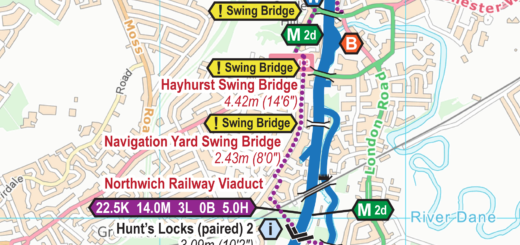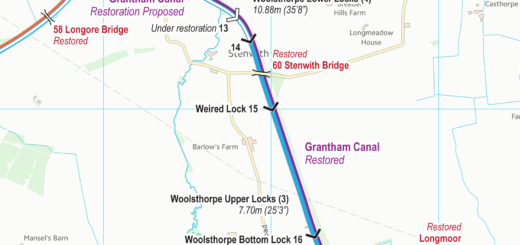Great Ouse Bore
There are approximately sixty rivers with tidal bores around the world, with eleven in Great Britain, where the River Severn Bore is probably the best known.
The River Great Ouse has a bore, which travels upstream from the wash, through King’s Lynn, and sometimes known as the Wiggenhall Wave after the village it passes near its upper limit. On large tides it continues as a smaller wave to reach Salters Lode, Denver and sometimes a little beyond.
We were waiting outside Salters Lode Lock for the highest spring tide in this cycle to use its flow to take us up the New Bedford River. We needed to wait in the safety of the lock mouth until what was left of the bore had passed. The video footage will be used in some of our DVDs we will be editing next winter, but I’ve extracted three still shots from our Bowcam footage.
Use the bottom tyre near the corner of the mud bank to gauge the water level.
The first shot is taken with the wave just coming into sight.
The second shot is taken less than a minute later when the main wave of the bore has passed.
The third shot is taken less than a minute after that when the secondary wave has passed.
In less than two minutes we’ve had the excitement of two waves passing and rising around 60cm (that’s two feet) in two great surges as the waves passed.
We’ve completed filming for the New Bedford River and we’ll be returning through Denver to Salters Lode to film the conventional approach to the River Great Ouse with the tidal crossing from Salters Lode to Denver.







Recent Comments